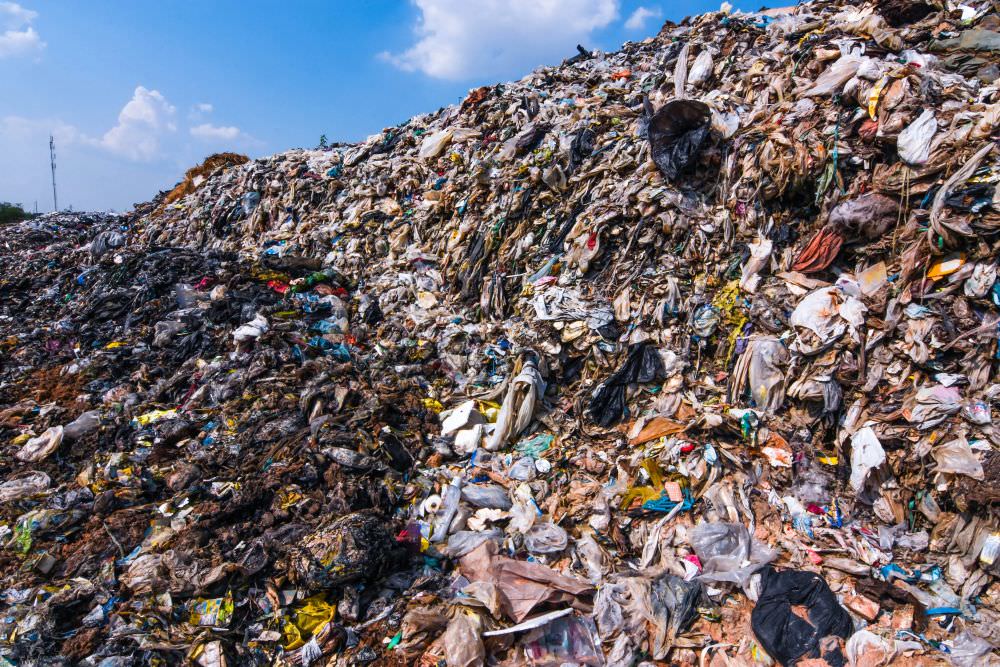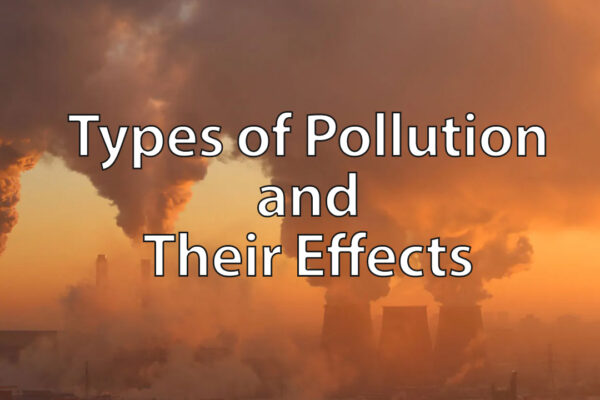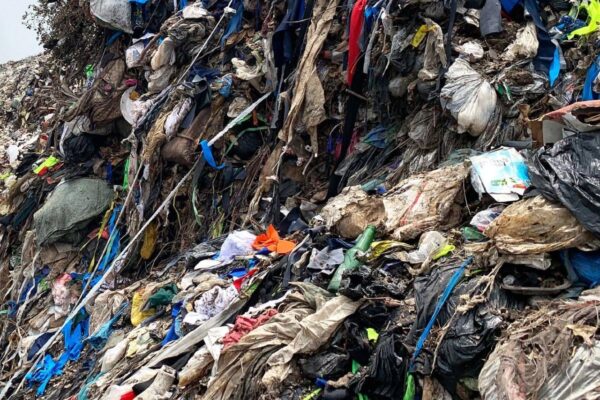Catastrophic Impacts of Fast Fashion Trends on Environment
The fashion industry has deeply and disastrously impacted the environment. It is, in fact, the second-largest polluter in the world, after the aviation industry. The environmental damage is escalating with the growth of the industry, especially with the arrival of fast fashion. Fast fashion brands may not design their clothing to last, but as they belong to a particularly consumptive time period, they might become an important part of the fossil record.
Over 60 percent of fabric fibers are made of synthesized materials, derived from fossil fuels. As a result, when the clothing ends up in a landfill, it does not decay easily. Even if the synthetic microfibers end up in the sea, freshwater, and elsewhere, including the deepest parts of the oceans and the highest glacier peaks, they will not decay and pollute the environment.
Table of Contents
A Global Polluter
Fast fashion contributes to a large part of global pollution and greenhouse gas emissions, as this business model treats cheap clothing as a perishable good that can be disposed of after brief use. Globalization has fueled this multi-billion-dollar trend. It has allowed brands to outsource various links of their supply chains to countries with menial environmental and labor protections to keep costs down. This attitude has led to widespread pollution and labor rights abuse.
A newly published review paper in Nature Reviews Earth & Environment highlights the environmental penalties of fast fashion, fashion’s intricate international supply chain, and proposes solutions to bring a cleaner fashion future.

The fashion industry has potentially become the second-largest global polluter after the aviation industry | Image: Remake
The amount of clothing bought per capita has increased rapidly over the past few decades. According to collected data, consumers bought 60 percent more clothing in 2014 than in 2000 but kept each clothing item half as long. In the US, people buy one item of clothing every 5.5 days, and across Denmark, Sweden, Norway, and Finland purchase an average of 16 kilograms of textiles per person per year.
Shoes, towels, clothing, sheets – these things have become a chief cause of municipal solid waste worldwide. Up to 92 million tons of textile waste is either burned or put in a landfill annually, which, evidently, is an amount that would fill the Great Pyramid of Giza over 16 times.
The previous trends majorly influenced the contemporary ones. Clothing companies decide how much and what kinds of clothing to make based on the predictions of fashion forecaster, previous sale volumes, and a number of various other factors.
Sometimes, these estimations could be wrong and companies are left with a huge amount of unsold clothing. Often, after a period of storage, this unsold stock is burned or destroyed rather than being offered at a discount. The British fashion brand Burberry burned or destroyed more than $110 million worth of unsold clothing, perfumes, and accessories between 2013 and 2018 rather than sell those items at discount.
Fast Fashion and Landfills
The UK has the highest consumption of new clothing in Europe, with 26.7 kgs per capita, which is 46%more than Germany and 99% more than France. UK-based charity The Waste and Resources Action Programme (WRAP) estimated that £140 million worth of clothing goes into landfills each year, and a huge £30 billion worth of unused clothing was still in their warehouses nationwide in 2018. Such a level of waste is enough to fill 458 Olympic-size swimming pools.
This high level of consumption is causing a global waste problem. In the UK, it is estimated that roughly 350,000 tonnes of used but wearable clothing, makes its way to landfill every year, while 700,000 tonnes are sent to recycling facilities. However, according to the Ellen Macarthur Foundation, less than 1% of recycled clothing is used to make new garments.
Although the amount of clothing being sent to landfills has dropped by 14 percent between 2012 and 2016, three in five garments still end up in landfills or incinerators within a year. In the UK the average lifetime for a garment is estimated at 2.2 years, and extending the life of such a garment by just 9 months can significantly reduce its environmental impact.

Millions of tonnes of discarded clothing materials end up in landfills around the world | Image: Groundsure
Cost of Fast Fashion
The complex and long process of production and supply chain for clothing includes a heavy toll on the environment. With each step from fiber, yarn, and textile manufacturing to dyeing and garment sewing, to storage in a retail distribution center, a lot of harmful chemicals and pollutants are released into the atmosphere, risking all the ecosystems.
Plenty of people are involved in the creation of a single item of clothing and the journey can be described with wastewater, chemicals, carbon emissions, and plastic.
It is really a global problem. The waste water is going out into freshwater streams and polluting the rivers that people are fishing from [and] living from.
said Dr. Patsy Perry, a co-author of the research from Manchester University.
Perry and his colleagues notice that the global nature of the fashion industry means clothes may have traveled across the globe several times during the manufacturing process. It is estimated that if 3 percent of garment transportation shifted from ship to air cargo, which is an expanding trend in the industry, it could result in over 100 percent more carbon emissions.
The 300,000 tonnes of clothes dumped in landfills each year have prompted protests against waste in the fashion industry. Studies reveal that textile manufacturing produces the highest amount of greenhouse gases per unit of material. The Intergovernmental Panel on Climate Change says that 10 percent of global greenhouse gases are emitted by the textile industry. Manufacturing, shipping, and the consequent machine washing of clothing, it all contributes to the carbon footprint of a garment.

Sourcing, dyeing, and manufacturing of various clothing materials heavily exploits the natural resources | Image: ArcGIS StoryMaps
Besides, fiber production has the biggest carbon footprint. Energy use and carbon emissions are at a peak during the fiber extraction process, particularly while creating synthetic fibers that originate from petrochemicals. Synthetic materials such as polyester, rayon, nylon, and acrylic are necessarily a type of plastic made from petroleum and can take many years to decompose. Synthetic polyester, which accounts for 51 percent of textile production, is made through a chemical reaction that involves petroleum, coal, air, and water.
Exploitation of Resources
The energy resource that is used to fuel textile production is also of great significance and directly reflects the impact o environment. For instance, in China, textile manufacturing is largely coal-powered, giving it a 40 percent larger carbon footprint than textiles made in Europe. Thirty-five percent of primary microplastics in the ocean are related to the fashion industry, which is estimated to be 190,000 tons per year. A lot of this is generated from washing synthetic materials like acrylic and polyester.
Also Read: Artists Create Garbage Costumes to Highlight Pollution Problem
A World Wildlife Fund analysis suggests that we may unintentionally ingest a credit card’s worth of plastic per week in the form of microplastics through drinking water, beer, shellfish, and salt.
Moreover, roughly 20 percent of global wastewater, which amounts to 79 trillion liters, or nearly 20 trillion gallons, is used in the fashion supply chain every year. Cotton is a particularly water-intensive crop. Simply growing the cotton for one pair of jeans necessitates more than 2,500 liters of water, which approximately the amount of drinking water for one person for 3.5 years.
In most of the countries in which garments are produced, untreated toxic wastewaters from textile factories are dumped directly into the rivers. Wastewater contains toxic substances such as lead, mercury, and arsenic, among others.
These are extremely harmful to the aquatic life and the health of the millions of people living by those river banks. The contamination also reaches the sea and eventually spreads around the globe. Another major source of water contamination is the use of fertilizers for cotton production, which heavily pollutes runoff waters and evaporation waters.
Slow Fashion Approach
An eco-friendly approach toward clothing manufacturing is crucial. Manufacturers are required to invest in cleaner technologies, the fashion industry to employ sustainable business models, and policymakers to modify legislation.
Also Read: This Beautiful Evening Gown is Made From Recycled Ocean Plastic
The fashion industry needs to fundamentally change its usual course in order to eliminate the environmental impact of fast fashion. Clothes rental, better recycling processes, pollution control technology, and the innovative use of off-cuts are among the measures that can help. The European Union adopted a circular economy package in 2018 that requires the member states to collect textile waste separately from other recyclables by 2025.
Designers can make changes such as creating low or zero-waste patterns, patterns where not a single piece of fabric goes unused. More classic and uniform collections can be created with modifications for the traditional two to four seasons instead of the 12 to 24 collections per year.
There are many groups and movements directing to raise awareness around the threats of fast fashion. The slow fashion movement emphasis on clean and fair production and centers the artisanal. Brands that promote more sustainable fashion choices are often more expensive. This is because these prices reflect the true cost of paying fair wages and not cutting corners to avoid environmental regulations.
However, these pieces are typically made of higher-quality fabrics and stitching and will last longer. Hence, the impacts of fashion will be less of a threat to the environment.


